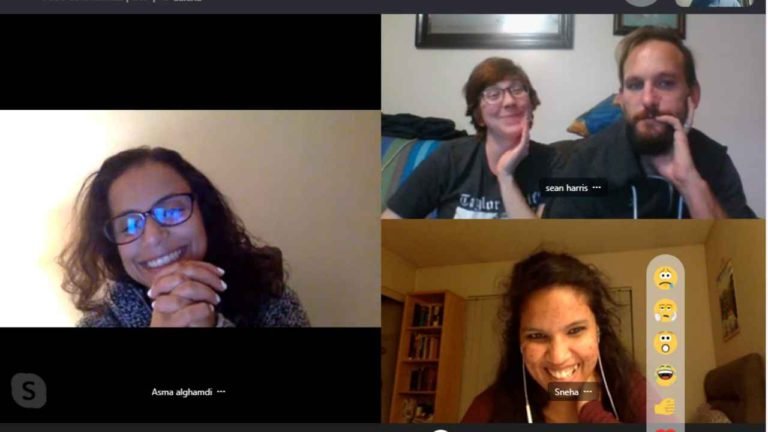Learning a new language always tends to open new doors of opportunity for you. No matter whether in terms of travel, career growth, cultural appreciation, or personal enrichment, it gives you an extra edge. Spanish is said to be spoken by more than 500 million people and is said to be one of the popular languages to learn. And, due to continuous advancements in technology in edtech, students don’t need to rely on traditional classes for learning.
With the following article, you will get to know about the best approach to consider for Learning Spanish for Beginners to get a strong start and achieve fluency.
Build a Strong Foundation with Vocabulary and Phrases
The first step to take while learning Spanish is to brush up on the basics. It involves learning words that are spoken in day-to-day life, like greetings, numbers, days of the week, and certain polite phrases that people use on a regular basis. These essentials help you to build a practical foundation for communicating immediately. It is suggested to use flashcards, sticky notes, or mobile apps to make the memorization process simpler and effective. One should try to learn 10-15 new words every day to grow the vocabulary well, and it will also help to form sentences effectively.
Practice Speaking from Day One
Most of the learners are seen to be having hesitation in speaking due to being scared that they will make mistakes. It is suggested to practice more and more, even from the starting stage of learning, to be rid of the fear of making mistakes. The more one practices speaking, the faster they can build confidence and fluency.
Try to connect with native Spanish Speakers by finding a language partner, joining some online conversation groups, or using a language exchange platform, as speaking aloud daily can speed up the progress and improve your pronunciation effectively.
Use Technology to Your Advantage
Learners nowadays have access to some of the best resources that can make their Spanish learning more engaging. Technologies, including apps, online learning platforms, and even AI-based pronunciation tools, help you to practice better in terms of reading, writing, listening, and speaking in interactive ways. There exist gamified lessons, audio recordings, and real-time quizzes to pursue the learning with more fun and information at the same time. There are technologies that can even help in tracking your progress and will help you to understand the precise areas where more focus is needed for better learning.
Learn with Native Speakers
One of the fastest and most effective ways of learning better Spanish is to get involved in communication with native speakers, as they will make you understand the real-life patterns, accents, and will make your learning more practical and effective. Online tutoring platforms and conversation exchanges can help you get access to tutors from Spain, Mexico, Argentina, and many other regions where Spanish is spoken. Regulating the practice with native speakers can make you learn more than any textbooks, as it will also cover aspects like cultural nuances that a textbook doesn’t cover.
Immerse Yourself in Spanish Media
To speed up your learning, try to indulge yourself in activities including numerous Spanish-speaking speaking other than just class, like watching Spanish movies with subtitles at least, listening to Spanish music, or you can also consider following podcasts that are carried out in the Spanish language.
Stay Consistent and Set Small Goals
Not being consistent is one of the main reasons behind people failing to complete their learning. Try to dedicate a certain particular time, even if it is small, like 20-30 minutes, but on a daily basis rather than showing up once for 2 hours and then procrastinating on other days. It is more effective to rely on short but regular lessons instead of long, irregular ones. Always try to set goals that seem achievable, like learning 50 words a week or having a two-minute conversation in Spanish to stay motivated and focused.
Conclusion
Spanish is a global language that significantly tends to opens numerous opportunities in personal as well as professional aspects. With good focus on vocabulary and regulating speaking practice from day one of the learning and with the use of modern tools and by involving in communicating with native Spanish speakers, one can effectively achieve fluency in Spanish speaking.
For learners who want to gain quick progress, consistency, and exposure, the Culture & Language Center can be the best assistance to go with.
